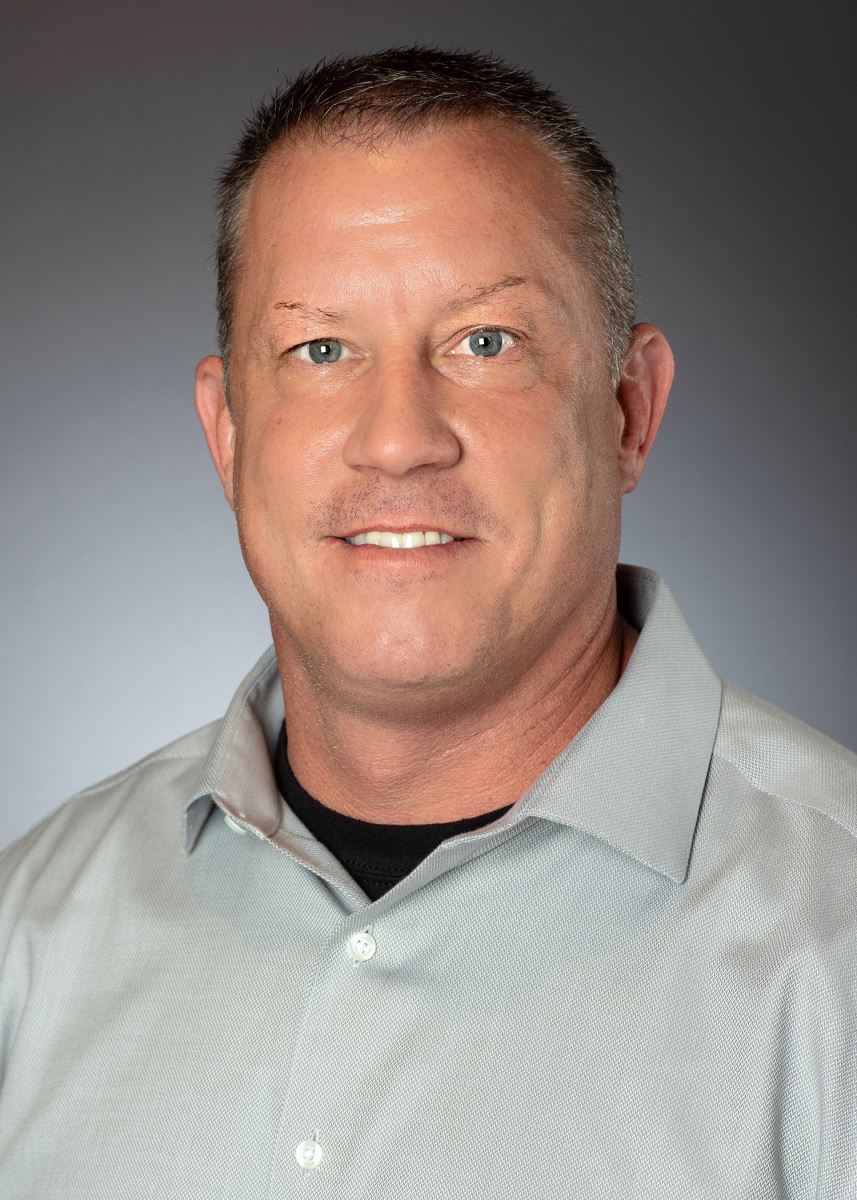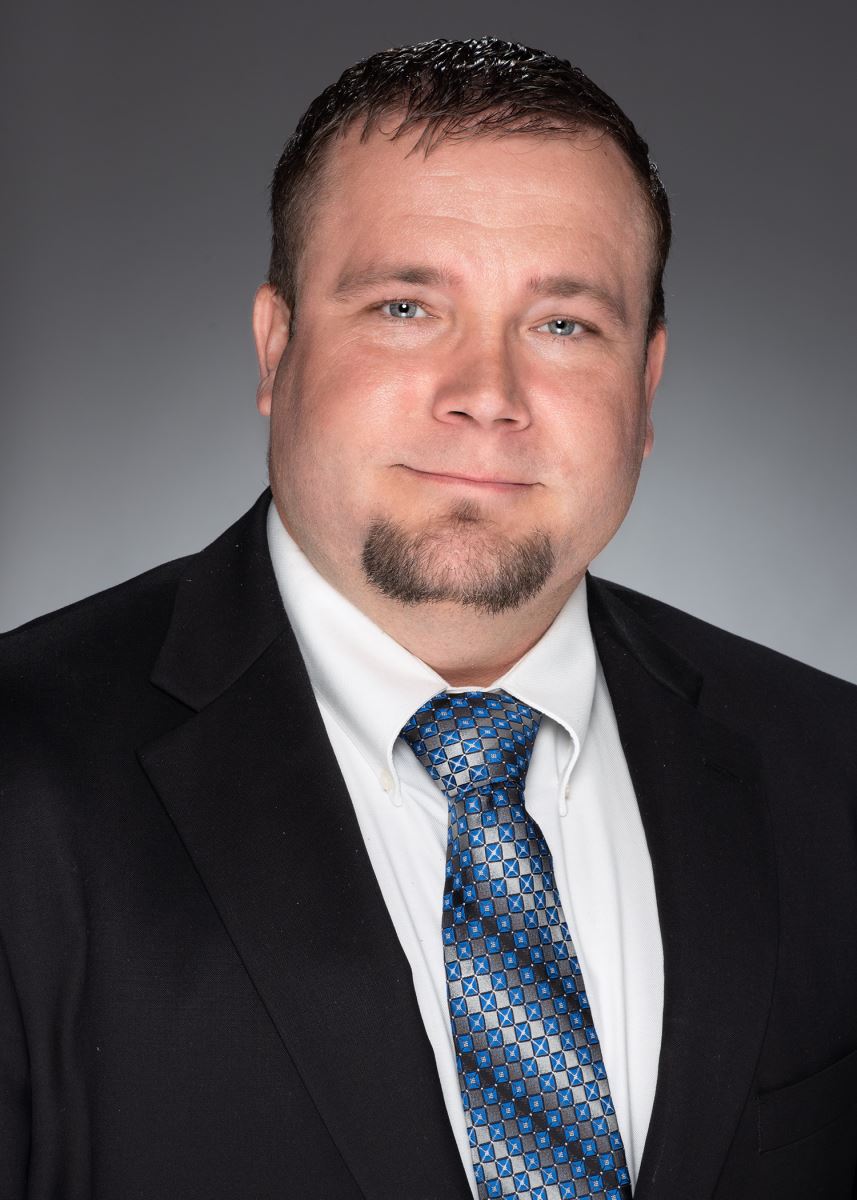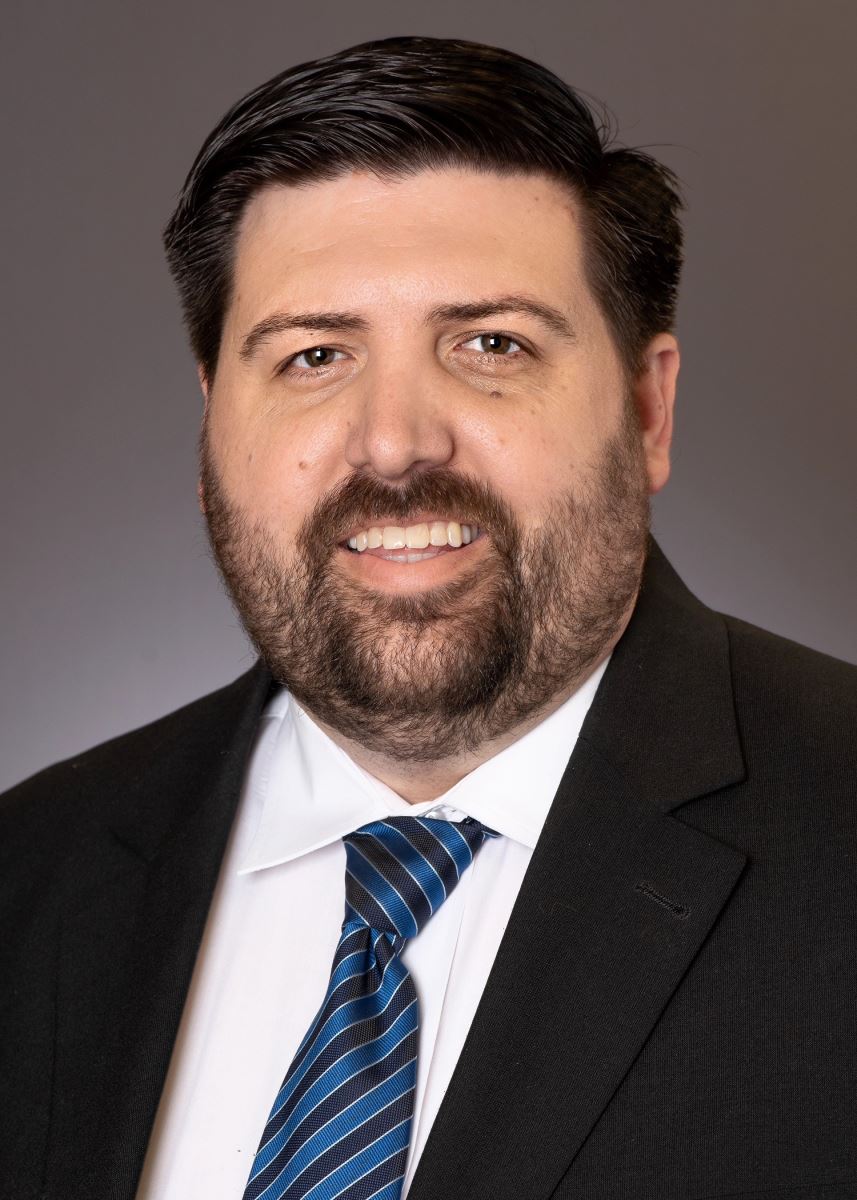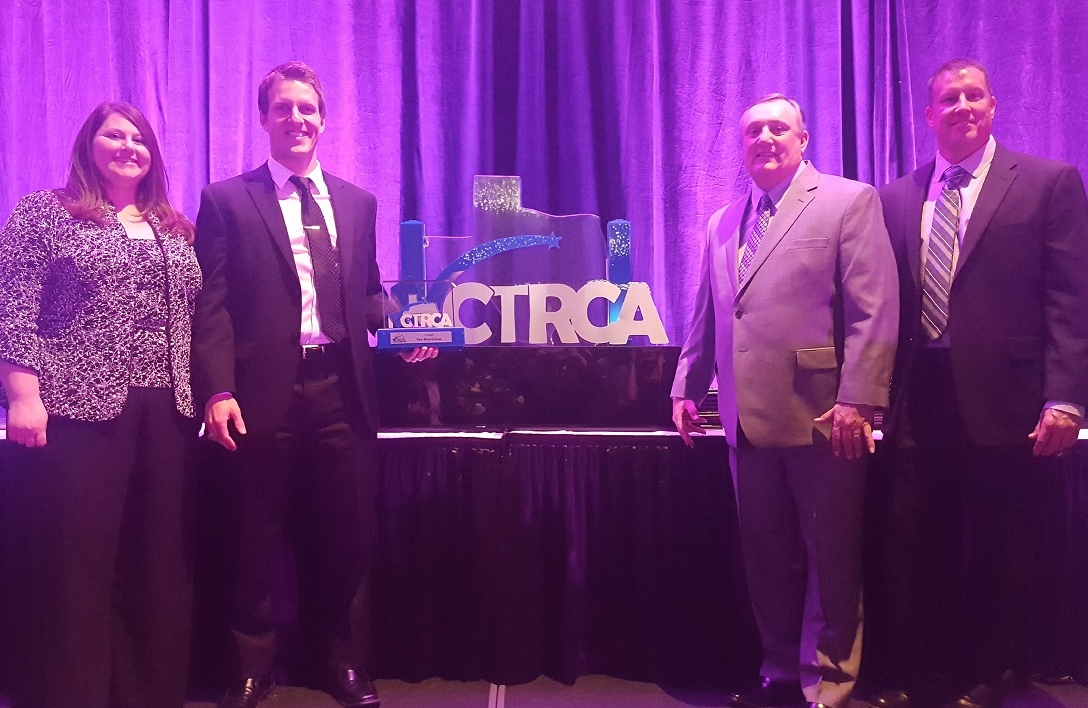Fort Worth, TX (September 9, 2021) The Rios Group (TRG) has announced the promotion of several team members into leadership positions this September. These individuals will continue their dedication to TRG by leading the firm into the future and ensuring consistent, high quality Subsurface Utility Engineering and Utility Coordination services to our clients throughout North Texas.
“With these promotions comes an opportunity, not only for strategic growth, but also the ability to elevate current TRG team members in recognition of their commitment and hard work throughout the years.” said TRG President, Rosa Navejar.
Branch Managers
Tim Habenicht, PE - Fort Worth Branch Manager, has been with TRG for over 6 years and has 8 years of experience in the civil engineering field. Mr. Habenicht will manage the Greater Fort Worth Area and has extensive experience working for the City of Fort Worth, Trinity River Authority (TRA), and the Texas Department of Transportation (TxDOT). Some of his favorite projects he provided SUE services for include City of Fort Worth’s Harmon Road, TxDOT’s FM 1886, and Trinity River Authority’s Bear Creek Interceptor Relief.
Eric Webb, PE - Dallas Branch Manager, has been with TRG for over 4 years and has 14 years of experience in the civil engineering and civil construction fields. Mr. Webb will manage the Greater Dallas Area and has experience working with TxDOT, North Texas Tollway Authority (NTTA), DFW Airport, TRA, City of Dallas, and Kaufman County. Some of his favorite projects include 35 Express, Southern Gateway, and LBJ (I-635) East.
Utility Coordination Managers

Chad Muckle - Texas Utility Coordination Manager, has been with TRG for 9 years and has over 30 years of Utility experience, 19 of those years as a Utility Coordinator. Mr. Muckle will be managing Utility Coordination throughout the State of Texas and has extensive experience with TxDOT and NTTA. Some of his favorite projects include IH 35 at Oltorf in Austin, George Bush Eastern Extension for the NTTA, IH 820 at SH 121 in Fort Worth, SH 79 in Austin, and SH 121 for the NTTA.

Paul Ashby - North Texas Utility Coordination Manager, has been with TRG for 3 years and has over 8 years of experience as a Utility Coordinator. Mr. Ashby will be managing Utility Coordination projects in North Texas, West Texas, and the Pan Handle. He has extensive experience working with TxDOT. Some of his favorite projects include SH 302 in Odessa and IH 20 in Midland with Oncor.
.JPG)



.png)




